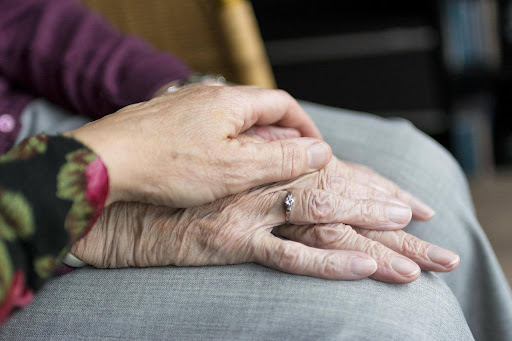As a psychiatrist, Gilles Chagnon spent decades diagnosing sorrow, listening to others untangle their losses, their ghosts, their griefs. But when his mother’s heart began to fail, he found that no theory prepared him for the actual experience of watching someone you love slip away.
In his book My Mother, My Love, My Child, he doesn’t turn to psychiatry for comfort. He turns to language. To structure. To the written word as both container and mirror.
The outcome is not a clinical case study but a work of luminous emotional intelligence. It’s a book born of bedside vigils, old photographs, and one final, ongoing question: how do we stay close to someone who’s gone?
Grief, as Document and Dream
The book begins with a dream. His mother sees her long-dead sister. The moment sets the tone: the boundary between life and memory is porous here.
Chagnon structures the book in six movements. One section is a minute-by-minute journal of his mother’s final days. Another drifts through music, childhood, and grief rituals. The pacing shifts like breath, short and sharp in one moment, slow and tidal the next. The form doesn’t just reflect his emotions; it regulates them.
Writing, he realizes, gives grief a rhythm. One that medicine couldn’t offer.
There’s a strange moment that happens for many adult children in the final months of a parent’s life: roles invert. The caretaker becomes the one in need. The child becomes the guide.
Chagnon doesn’t resist this. He leans in. He speaks to her gently, as if to a child. He calls her “my sweetness.” He helps her with creams, meals, and breath. The man who had offered words of comfort to strangers now found language bending under the weight of love.
Still, he writes.
Not to analyze, but to accompany.
A Death That Carries a Whole History
This isn’t just the death of one woman. Through writing, Chagnon traces the threads of class, culture, and place that made her. Pauline Daigle was not raised with privilege. She grew up in a working-class Quebec home, the daughter of a volatile father, a survivor of family bankruptcy, and the product of silence and resilience.
Her story widens as it’s told. The book becomes a kind of social elegy, a farewell to a particular Franco-Canadian world where daughters carried the weight and kept the house beautiful while doing so. Her life and her death are framed as emblematic of a generation of women who endured and endured with grace.
No Religion. Just Music.
What remains when belief is gone? For Chagnon’s mother, the answer was beauty. She didn’t pray. She planned. She listened to Mahler. She took imaginary walks through Venice. She arranged her own funeral urns with elegance and logic.
This refusal of the afterlife is not bleak. In the book, it reads as fiercely present. Art becomes the language of transcendence. Memory becomes liturgy.
A Language to Stay Close
What emerges from My Mother, My Love, My Child is not a psychiatrist’s case study. It’s not even quite a memoir. It is, perhaps, a prose elegy written in real time, where love, exhaustion, family history, and small moments are given equal weight.
Writing doesn’t heal Chagnon. That’s not what it’s for. But it holds him. It lets him sit beside his grief without being consumed by it. It allows him to stay close to his mother.
In the end, Chagnon doesn’t try to explain grief. He offers something rarer: a precise, patient witnessing. And in doing so, shows how a psychiatrist—when it was his turn to lose—chose not detachment, but devotion.
Read My Mother, My Love, My Child to experience the story of a son, a healer, and the mother whose presence still speaks through silence.






